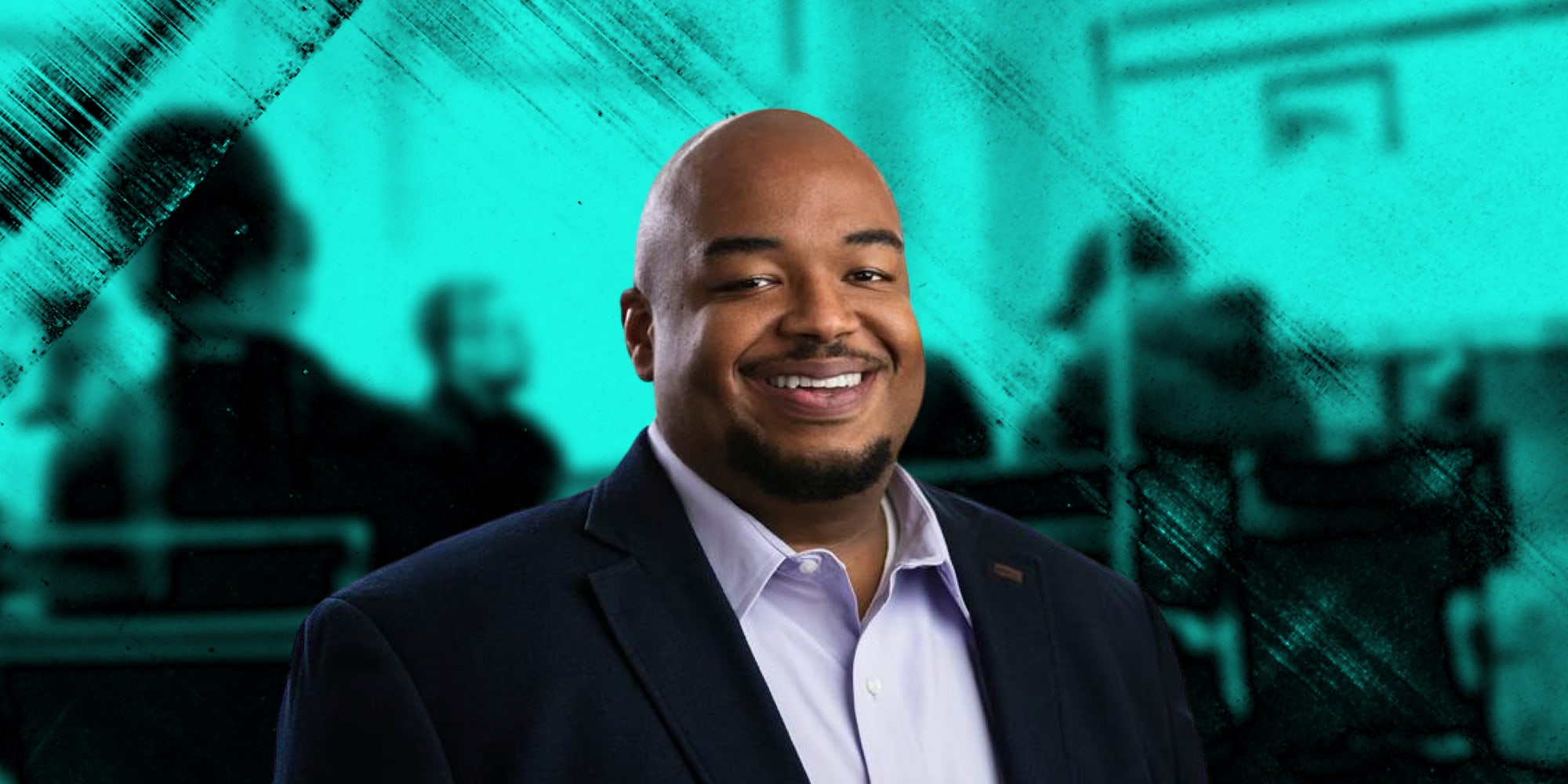The Covid-19 pandemic offered an unflinching look at the structures upholding social inequality. We’ve seen this in a multitude of ways: the disproportionate impact of Covid-19 on Black communities, the near-150% surge in anti-Asian hate crimes, and the droves of women leaving the workplace in the past year (stoking fears of a “female recession”).
In the U.S., five years’ worth of women’s professional progress hangs in the balance. Currently, one in four women are considering leaving their job or downshifting their career (as opposed to one in five men). And while this pressure on women is widespread, it’s not evenly dispersed. Black women are 3x more likely to report the death of a loved one during the pandemic, and mothers with young children are leaving their careers at a higher rate.
It’s clear that we’re at a pivotal moment for women in the workplace – one that we can hopefully course correct with both individual and company-wide action. This was the focus of our most recent Building Better webinar (part of our larger series dedicated to candid discussions on workplace culture, and encouraging equality and diversity).
I had the honor of hosting that panel and was joined by:
- Laura Adint, VP of Sales Operations at Drift
- Sam Bishop, Head of Analytics at edX
- Erin Cullen, VP of Sales at Brightcove
- Jen Renna, VP of Customer Success Management at Rapid7
Keep reading for a recap of the panel’s insights into how we can create a more equitable work environment for women.
Balancing our personal and professional lives
Compartmentalizing often feels like the price for appearing “professional.” It’s this pressure to not allow our personal lives to interfere with our work, or risk calling into question our commitment to a company. As Sam Bishop said, “I think there’s still some implicit bias when you might leave early, because you have a pediatric appointment or whatever it might be…” – this idea that you’re not fully invested.
But in the past year, the divide between our professional and personal lives was blurred. In Bishop’s words, “I’ve often been in the minority in my department, my function, et cetera. And it was always very challenging to try to balance, and keep separate, work from my life: being a mother, being a partner, a homeowner, whatever it might be, from someone who’s driven in their career…If there’s one silver lining of last year, it’s that all companies have been forced to realize that we are not two different people.”
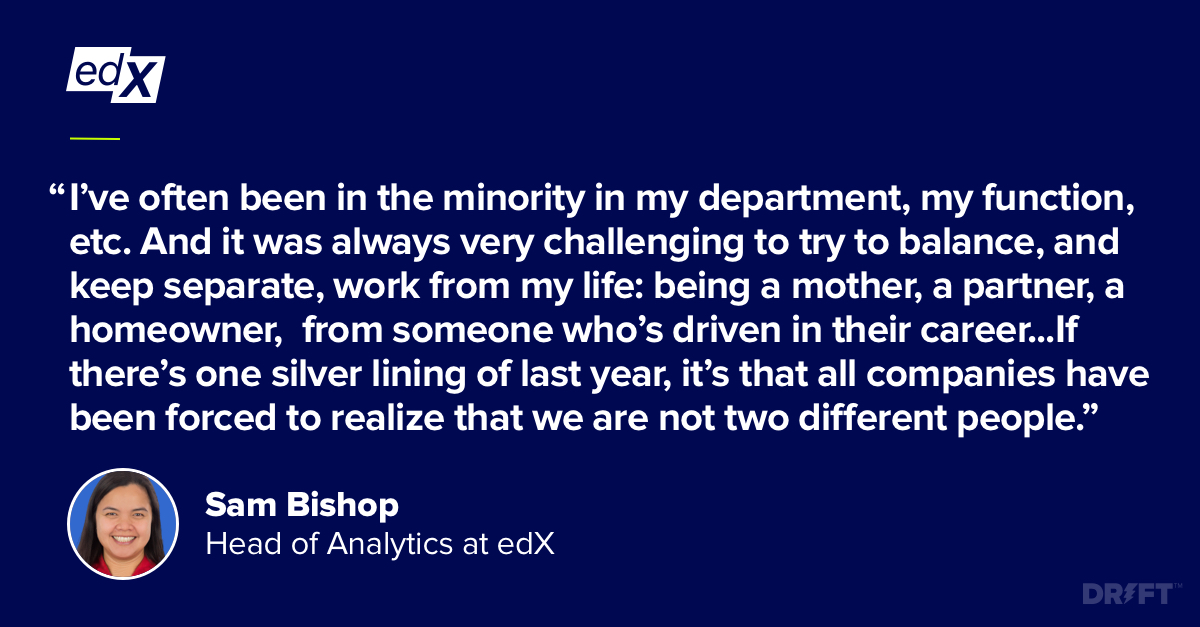
Right now, the future of work is fluid. As businesses consider their timeline for reopening offices, or offering more flexibility with remote work, they have an opportunity to alleviate some of the pressures placed on employees.
As Jen Renna said, “We’re all adults and we trust our teams and employees to do what they need to do to get their job done…When we think of, what does returning to work look like? It has to be through that lens of equality, and how do we make it as equal as we can for everyone?”
For example, not expecting parents to return to the office before they have the support of schools and daycares reopening, or setting up boundaries around when meetings are scheduled to encourage work-life balance.
At edX, management found that requiring cameras to be on during meetings was more burdensome for women (who experienced higher rates of Zoom fatigue). Moving forward, they made sure that cameras were optional for meetings – a small adjustment that likely had a big impact on avoiding burnout.
Be intentional about advocating for equality
Conversations on equality and diversity are often driven by two questions: what needs to change, and what meaningful action can we take to make that happen?
Laura Adint’s advice? Be intentional in your efforts.
One way she’s done this is through recruiting. When evaluating different candidates for a position, Adint asks: are we showing bias in a particular profile? Where have we been looking for these candidates? Are there internal candidates that are being passed over?
Jen Renna also called out the importance of applicants seeing diversity at the companies they’re applying to. Or as she put it, “We will never be able to increase diversity if we don’t have a diverse interview panel.” People want to see themselves reflected in the organization, and know that they’ll have an opportunity to advance in their career.
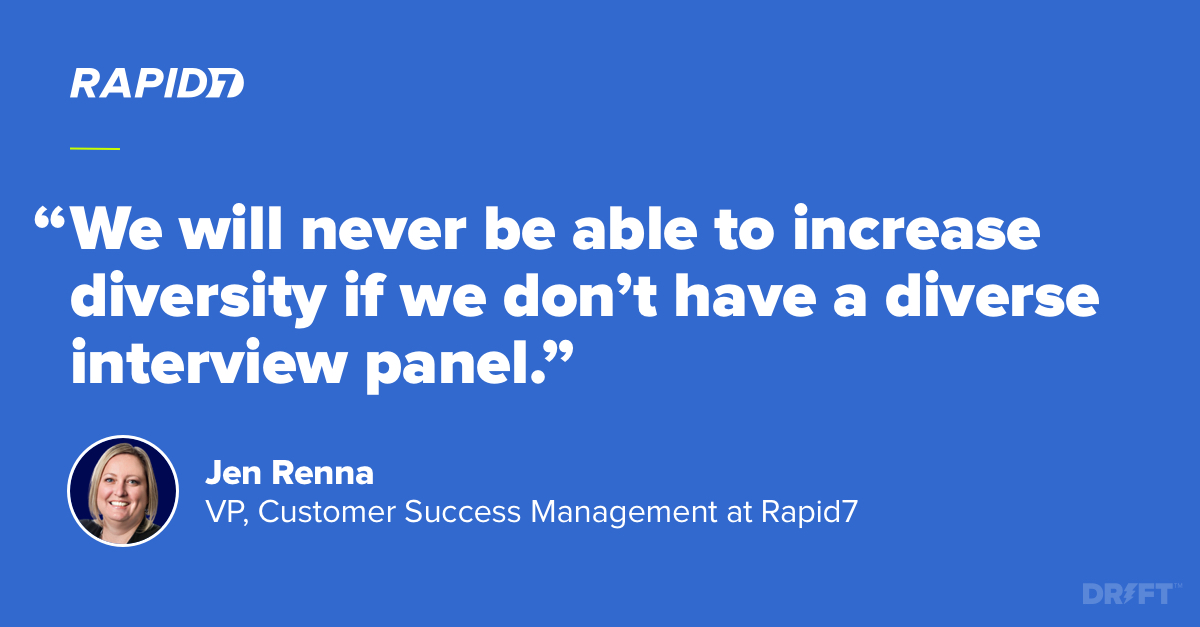
Tackling these subjects head-on is the best way to root out any unconscious biases that may be holding people back. Because, how can you rectify something you haven’t recognized?
For instance, women often feel the pressure to soften their tone, or be extra accommodating to avoid coming across as abrasive. One symptom of this is constantly tacking on “sorry” to certain requests or questions. Jen Renna sees this regularly, noting, “One of the biggest things I coach women on is to not apologize.”
In fact, Harvard Business Review studied over 200 performance reviews at a tech company and found that it was much more common for women to be called “too aggressive.” (76% of women’s reviews had this type of feedback, compared to only 24% of men’s.)
It’s a double-standard that can quickly undermine a woman’s career. And as Erin Cullen pointed out, “Me holding you accountable, isn’t me being aggressive.”
Strengthen your network
For a long time, there’s been this romanticized idea of the grind – this always-online, answering-emails-after-hours, no-days-off mentality. But it isn’t sustainable.
Erin Cullen weighed in on this, “We’ve grown up being told to be self-sufficient, to take care of everything, and handle everything that’s thrown at us. We’re now in a place where we need to tap back into the community, and make sure that we’re working together, not just going on a project completely alone and nobody knows what we’re doing.”
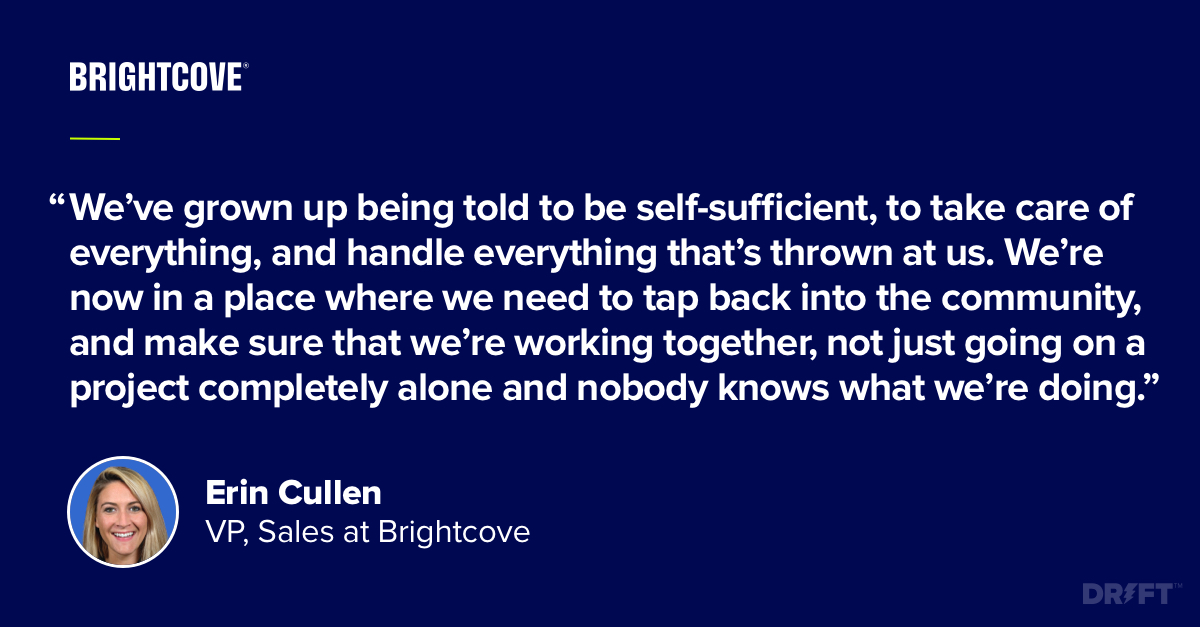
As leaders at different organizations, we have the power to help break this cycle, which Sam Bishop recognized, “It’s important for folks to understand that, I also have vulnerabilities, and it’s okay to ask for support, or flexibility if you need it. We should feel safe to do that, and foster that environment.”
Having this support can only make us more productive. We all have different strengths to bring to the table. Erin Cullen thinks of it like this: “Who is helping me with my blindspots? I have folks at Brightcove and outside of work, who I’ve worked with before, who’ve helped me navigate certain issues or problems. You need to nurture those relationships.”
These relationships go both ways: mentorship plays a huge role in helping people advance in their careers.
Laura Adint described one example of this, “I have somebody in my organization, and saw that she was a little unsure of herself. And I just reached out to her and said, Hey, I’ve actually looked at your work and you do an amazing job. Feel very comfortable that you can talk to VPS. If you need to practice with me, great, or if you want me to set you up with a couple other people to practice with, I can help you.”
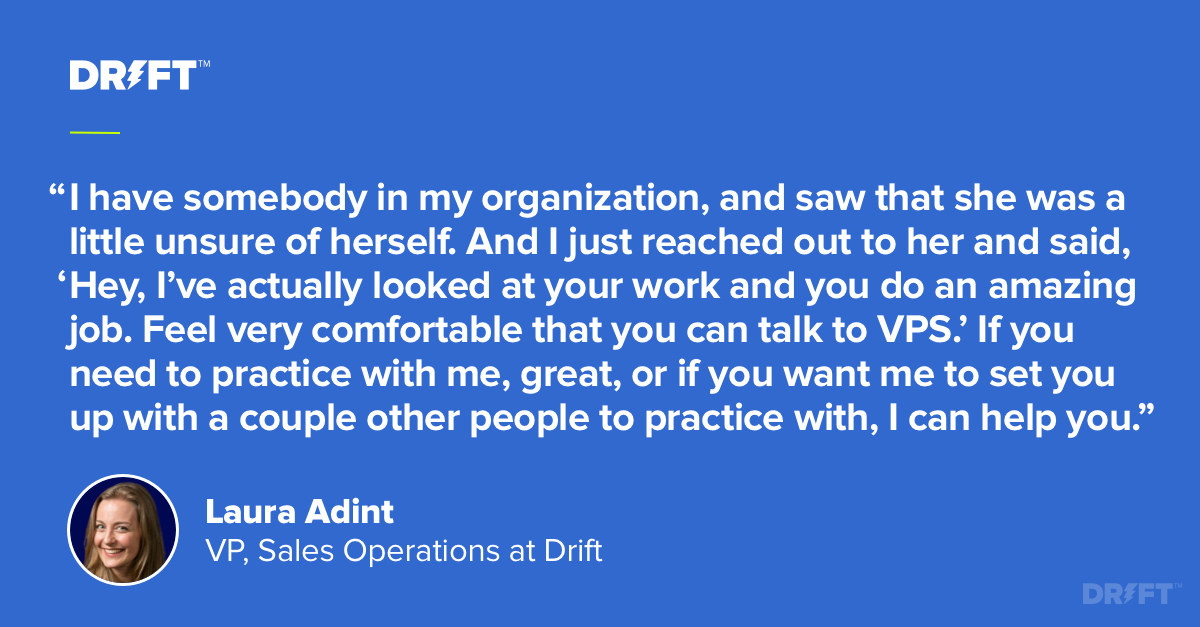
Rotational work is another great way to help employees learn about different aspects of the business, and better prepare themselves for leadership roles. But it’s also about encouraging confidence in one’s abilities.
On the panel, there was an overarching agreement that women often feel as though they need to constantly “prove themselves.” As Adint described it, “You don’t get the benefit of the doubt. You have to demonstrate your competence. It’s not necessarily assumed.”
I think everyone agrees that the best candidate is always the one who should be given the position. But is every candidate getting a fair shot at it? That’s more difficult to answer.
Final thought
It’s disheartening to see the ripple effect the Covid-19 pandemic has had on women’s professional development. But together, we can change this pattern.
It’s a matter of challenging the status quo and acknowledging the obstacles placed in women’s paths. And on an individual level, it’s about seizing those opportunities to support and encourage one another.
Want to get all the insights from this incredible panel? Watch the full recording here.








